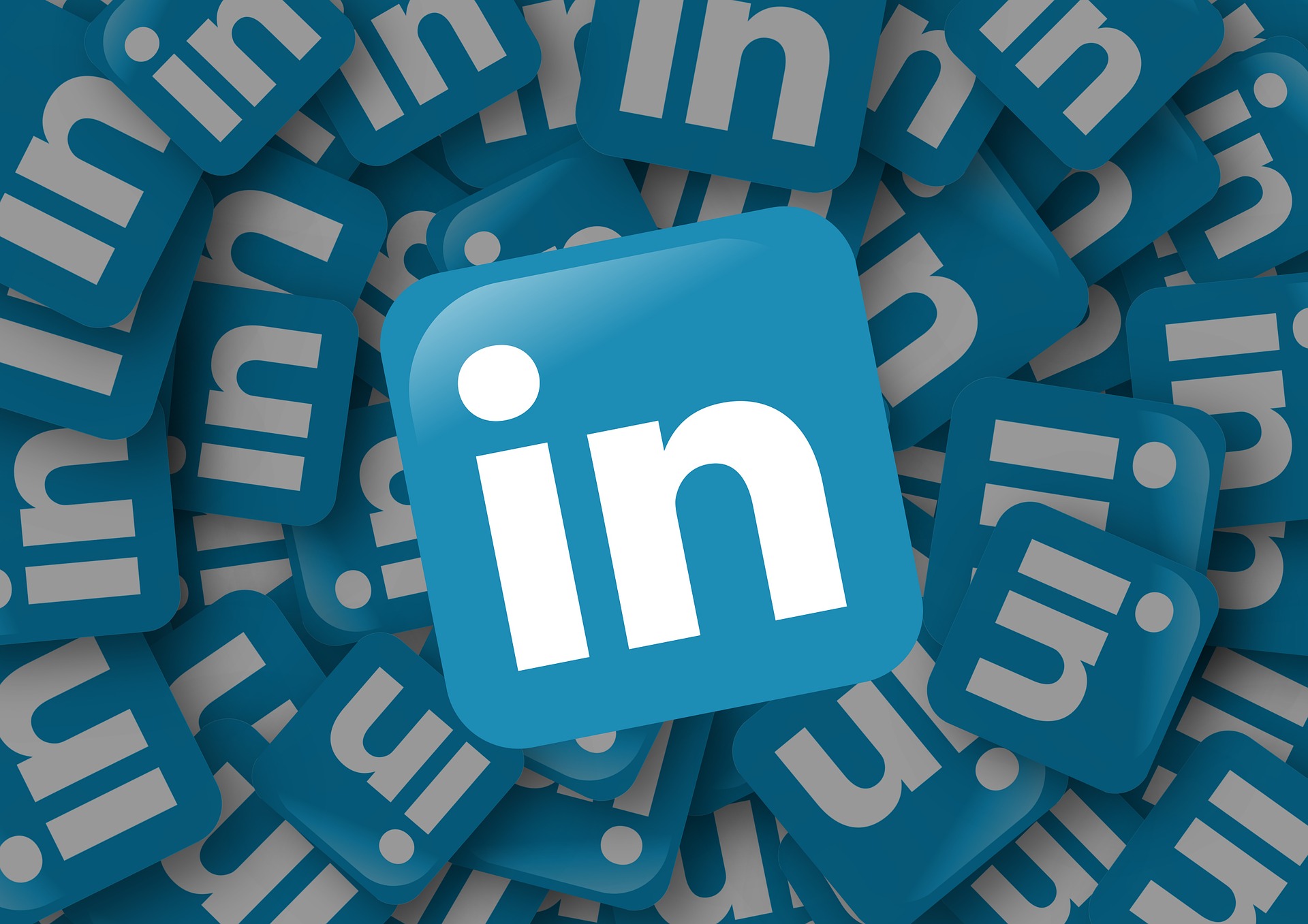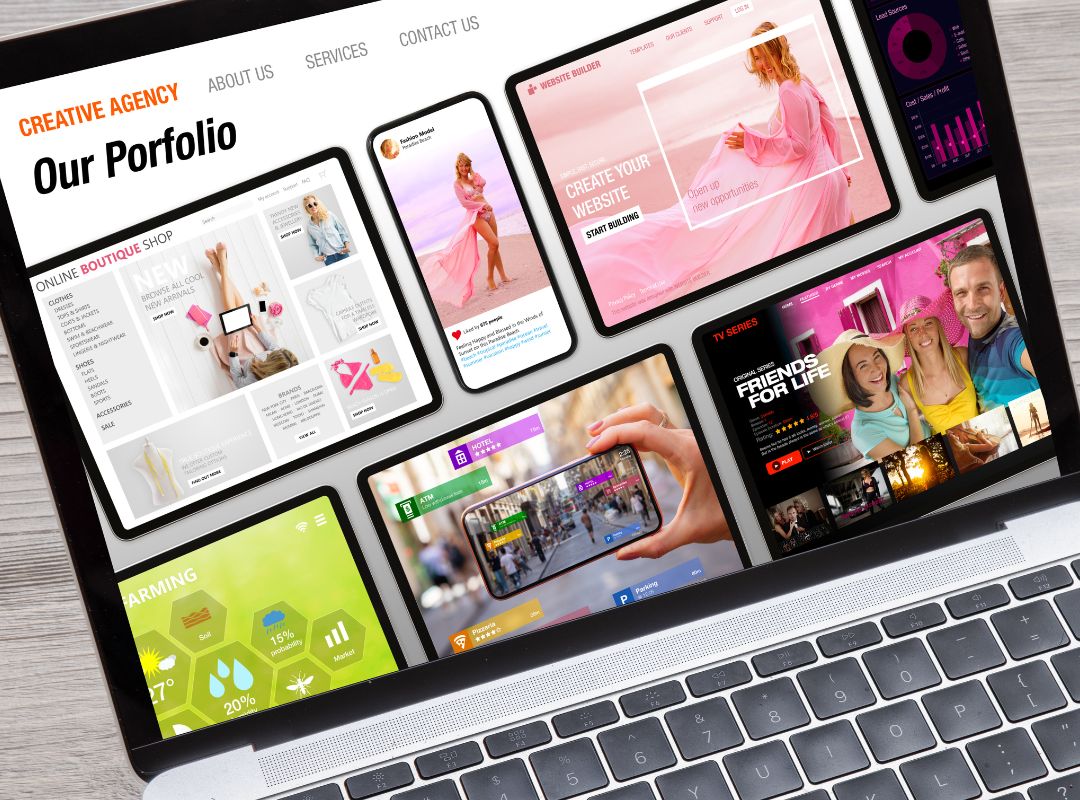What you should be posting on LinkedIn as an SME
Maintaining a regular online presence for your business can be difficult, especially if you’re unsure what you should be posting on LinkedIn.
Social media has become an integral part of marketing strategies for businesses of all sizes. Among the myriad of platforms available, LinkedIn stands out as a powerful tool for Small and Medium Enterprises (SMEs) to build their brand, connect with potential customers, and establish themselves as industry leaders. With over 774 million members worldwide, LinkedIn offers a unique opportunity for SMEs to showcase their expertise, network with professionals, and drive business growth.
However, merely having a LinkedIn presence is not enough. To truly leverage the platform’s potential, SMEs must craft and share engaging content that resonates with their target audience.
This blog post explores the types of content SMEs should be posting on LinkedIn to maximise their reach and impact.
1. Thought leadership articles
One of the most effective ways for SMEs to establish credibility and expertise in their industry is by publishing thought leadership articles on LinkedIn. These articles allow businesses to share insights, trends, and best practices relevant to their niche. Whether it’s discussing industry challenges, offering solutions, or sharing success stories, thought leadership articles position SMEs as authorities in their field and attract the attention of potential customers and partners.
When crafting thought leadership articles, SMEs should focus on providing valuable and actionable information that solves real problems for their audience. They should also strive to showcase their unique perspective and experiences, setting themselves apart from competitors. Additionally, leveraging data, statistics, and case studies can add credibility to the content and further establish the SME as a trusted source of information.
2. Engaging visual content
In a sea of text-based posts, visual content stands out and captures the audience’s attention more effectively. SMEs should leverage the power of visuals such as infographics, videos, and images to convey their message in a compelling and memorable way. Whether it’s showcasing product demonstrations, sharing customer testimonials, or presenting industry insights, visual content adds depth and richness to the SME’s LinkedIn presence.
When creating visual content, SMEs should ensure that it aligns with their brand identity and messaging. Consistency in design elements, colour schemes, and branding helps reinforce brand recognition and fosters a cohesive brand image. Additionally, incorporating storytelling elements into visual content can evoke emotions and create a deeper connection with the audience, driving engagement and brand loyalty.
3. Educational how-to guides
LinkedIn users are constantly seeking valuable information to help them succeed in their professional endeavours. SMEs can capitalise on this by creating educational how-to guides that address common pain points or challenges faced by their target audience. Whether it’s a step-by-step tutorial, a comprehensive checklist, or a troubleshooting guide, providing practical solutions demonstrates the SME’s commitment to adding value to its audience.
When developing how-to guides, SMEs should prioritise clarity and simplicity to ensure that the content is easy to understand and implement. Breaking down complex concepts into digestible chunks and incorporating visuals or examples can enhance comprehension and retention. Additionally, SMEs should encourage interaction and feedback from the audience, inviting them to share their own experiences or ask questions related to the topic.
4. Employee spotlight stories
Behind every successful SME is a team of dedicated and talented individuals. Highlighting the people behind the brand humanises the business and fosters a sense of connection and trust with the audience. SMEs can showcase their employees’ achievements, milestones, and contributions through employee spotlight stories on LinkedIn. Whether it’s profiling team members, sharing their career journeys, or celebrating their accomplishments, these stories provide insight into the company culture and values.
Employee spotlight stories not only showcase the SME’s talented workforce but also serve as a recruitment and retention tool. By highlighting the company’s supportive and inclusive work environment, SMEs can attract top talent and strengthen employee morale and loyalty. Additionally, showcasing employees’ expertise and accomplishments can also attract potential clients or partners who are impressed by the team’s capabilities.
5. Industry news and updates
Staying informed about the latest industry trends, developments, and news is crucial for SMEs to remain competitive and relevant. Sharing curated industry news and updates on LinkedIn demonstrates the SME’s commitment to staying abreast of current events and providing value to its audience. Whether it’s sharing articles, reports, or insights from reputable sources, SMEs can position themselves as a reliable source of industry information and insights.
When sharing industry news and updates, SMEs should add their own commentary or perspective to provide context and spark discussion. This not only adds value to the content but also encourages engagement and interaction from the audience. Additionally, SMEs should monitor trending topics and hashtags related to their industry to capitalise on timely opportunities for visibility and engagement.
6. Customer success stories and testimonials
Nothing speaks louder about the value of a product or service than the testimonials and success stories of satisfied customers. SMEs can leverage the power of social proof by sharing customer success stories and testimonials on LinkedIn. Whether it’s a written testimonial, a video case study, or a quote from a happy customer, showcasing real-life examples of how the SME’s offerings have made a positive impact builds credibility and trust with prospective customers.
When sharing customer success stories, SMEs should highlight the specific challenges or pain points faced by the customer and how the SME’s product or service helped address them. Including measurable results or outcomes adds credibility and demonstrates the tangible benefits of partnering with the SME. Additionally, SMEs should seek permission from customers before sharing their stories and ensure that sensitive information is handled with care and confidentiality.
Conclusion
LinkedIn offers SMEs a powerful platform to showcase their expertise, connect with their target audience, and drive business growth. By strategically crafting and sharing engaging content such as thought leadership articles, visual content, educational guides, employee spotlight stories, industry news updates, and customer success stories, SMEs can position themselves as industry leaders and attract the attention of potential customers and partners.
However, just posting on LinkedIn is no guarantee of success – it requires a thoughtful and consistent approach that aligns with the SME’s brand identity and business objectives. By understanding their audience’s needs and preferences, SMEs can create content that resonates with them and drives meaningful engagement and conversions. With the right strategy and execution, LinkedIn can become a valuable asset for SMEs looking to expand their reach, establish their authority, and drive business success in today’s competitive landscape.





